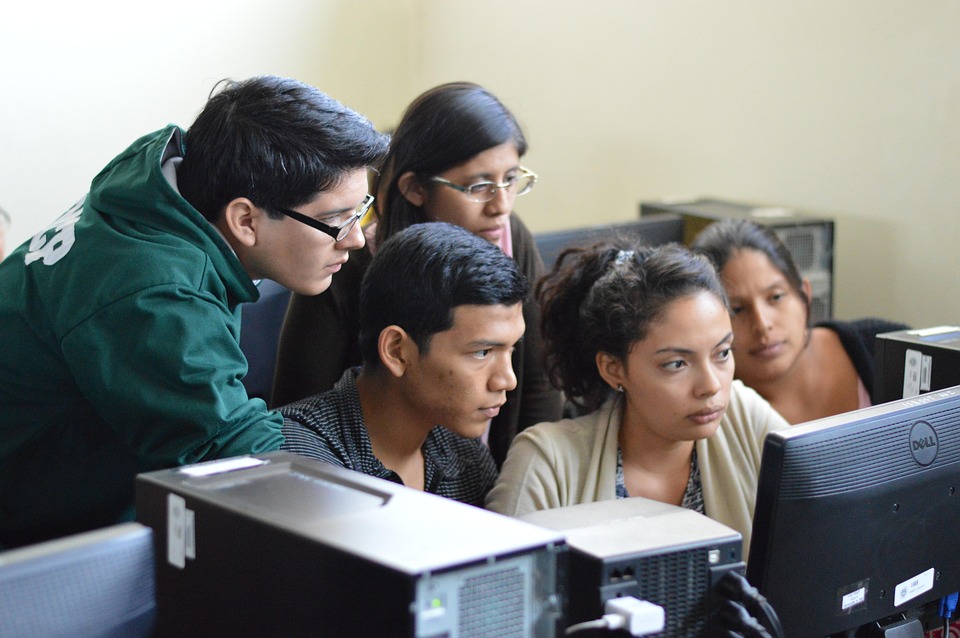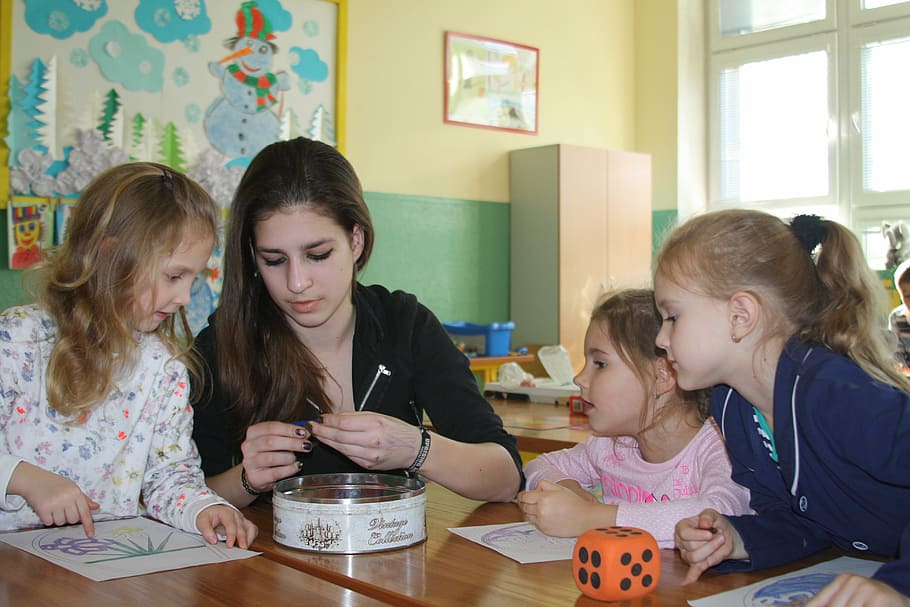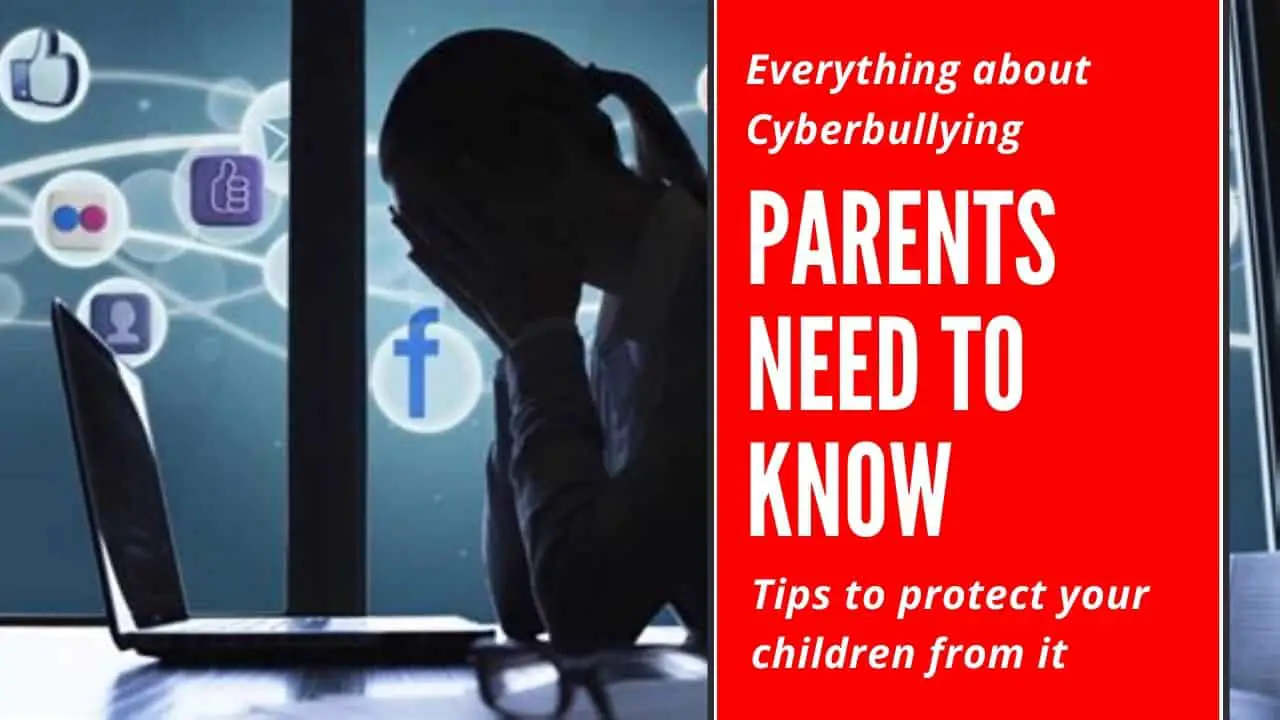Today’s generation is overly entitled and too pampered. Teachers are no longer seen as the only providers of knowledge, as kids have a lot of exposure to technology.
Low patience levels and less attention span are a few of the challenges faced by teachers today.
In such a scenario, teachers find it hard to stimulate the interest of the students and keep them attentive during the lecture.
Moreover, they also find it difficult to impart values and morals in today’s overly competitive world.
Another common challenge faced by teachers is handling parents who are only concerned about the marks of their child rather than the quality of education and the overall development.
Most common challenges faced by teachers today:
1. One Size Fits All Approach to Teaching
One of the most common problems facing teaching and learning at present is the one-size-fits-all approach to education. For example, in a classroom of 25 students, each student has unique personality traits and learning capabilities.
Some are fast learners, while others require extra help. Few students are artistic while others are scientific. Some students learn through the hands-on- approach, while others prefer reading books to gain knowledge.
However, today’s education system does not consider the strengths and weaknesses of students. Everyone has to study the same curriculum, understand different topics at the same pace, and also take the same examinations and assessments.
Teachers find it hard to cater to the learning needs of all the students in the class. They have very little time to complete the curriculum, as a result, they are left with little or no time to help students with different learning needs.
2. Juggling Multiple Roles
Teachers have to juggle multiple responsibilities along with teaching.
They have to constantly update themselves, and also perform duties such as preparing additional study material to complement the textbook information, managing field trips, preparing content presentations, preparing and evaluating projects and assessments, and handling other administrative duties of the school.
Apart from these tasks, a teacher is also expected to play the role of a counselor, guide and mentor to the students. All these expectations create undue pressure on the teachers and lead to many problems.
Lack of time is one of the most critical challenges facing teachers today. They have to juggle between different roles and handle all the classroom responsibilities in a limited time frame.
This pressure is disturbing their work-life balance and leading to mental health concerns among teachers.
3. The Pressure to Perform Well
There is severe competition in every career and teaching is no different.
Teachers are challenged to give their best as there is the next best option waiting in line to replace them. Moreover, the school administration holds the teachers responsible for many of the classroom indicators such as the win percentage, student growth, and class discipline.
This excessive pressure and competition cause quick burnout among teachers.
4. Handling Overly-demanding Parents
Present generation parents are excessively demanding. They do not understand the problems of the teacher and are always complaining.
Some parents are not willing to take responsibility for providing a better learning experience to their kids but expect the teachers to handle everything. They are always complaining about the teacher and her teaching methods.
Handling such parents is a tough task for teachers as they have to maintain a fine balance between being fair and assertive.
5. Ever-changing Educational Trends
Developments in science and technology bring innovation in educational trends.
Schools are eager to adopt the latest technological tools and boast about them to get more admissions. But they do not show the same enthusiasm in training their teachers to use these new technologies.
The inability of the teachers to use the latest educational tools is one of the common problems facing teaching and learning at present times.
Teachers are left to their own means to determine the ways to include new technology in their teaching style, which causes frustration and stress.
6. Limitations in Discipling Students
One of the main challenges facing teachers today is the limitation in disciplining students. Teachers have to deal with students with different personality traits.
Some of them are well-mannered and obedient while others are argumentative and disrespectful.
Handling disrespectful and ill-mannered students has become a headache for teachers. They cannot punish the child for the fear of facing lawsuits and actions from the school administration.
The students do not care to follow the instructions of the teachers as they know that the teacher cannot do much to discipline them.
Teaching in an unfriendly environment not only affects the teaching style but also leads to serious consequences.
7. Standardized Testing Methods
Standardized testing methods are a pain for both the students and the teachers.
As the learning and comprehension needs of each student are different, so are their capabilities to demonstrate their mastery over different educational concepts.
Teachers feel that using standardized tests does not do justice in determining the capability of students. Moreover, these tests are killing the creativity of both the students and teachers.
Most of the school administrations measure the effectiveness of teachers based on the test outcomes of the students.
Teachers are forced to shift their teaching methodologies to focus on clearing the tests instead of imparting value-based knowledge to the students.
8. Poor Recognition
The lack of well-qualified and dedicated teachers is one of the major problems facing teaching and learning at present.
Though a teacher plays a crucial role in molding the personality of children and preparing them to be responsible citizens of the country, there is a very poor perception of teachers in society.
Teaching is rarely regarded as a respected profession. You can hardly see any child taking up teaching as a career choice. The low-paying jobs along with poor public perception discourage people from taking up teaching as a profession.
9. Identifying Effective Ideas
Teachers have to be equipped with the necessary tools and ideas to make their teaching effective. However, there is an overdose of ideas to improve teaching methodologies and better learning outcomes.
However, most of the present generation teachers are overwhelmed by the sheer numbers of tools and ideas available online.
The lack of time and the pressure to perform well leave them with little time to identify effective ideas and implement them.
10. Lack of Motivation and Interest in Students
Lack of motivation in students is a major challenge facing teachers today. Some children attend school just because they have to. Handling such students is tough for the teachers as they cannot do much to change the student’s attitudes.
Teachers can only mentor and counsel the students. But the real change in attitude only happens when the student decides to change.
Tips to Overcome Some of the common Challenges Faced by Teachers Today
Cater to The Different Learning Requirements of Students Through Differentiation
You can handle the different learning requirements of students through the differentiation technique. This involves using at least 4 to 5 different learning styles in a lesson.
For example, you can read a few topics of the chapter, ask the students to present a few topics, use creative aids to explain certain topics, use the computer to create simulations for practical knowledge, and make the students write notes.
This includes 5 different learning styles and caters to the requirements of a majority of the students.
Plan Ahead To Save Time and Avoid Last Minute Pressure
Lack of time to handle the different responsibilities is one of the challenges facing teachers today. You can overcome this challenge through proper planning.
Plan ahead to avoid the last-minute pressure. Have a backup plan to provide space for extracurricular and other school activities.
Though it is important to stick to the plans, provide some flexibility to accommodate unexpected disruptions.
Seek Cooperation From parents
Teachers and parents should work as a team to provide a high-quality learning experience to the students. Have an open line of communication with the parents.
Schedule regular parent-teacher meetings to discuss the problems faced by the students and strategies to overcome them.
You can also use the internet to be constantly in touch with the parents and work together for the benefit of the students.
Encourage Students to Set Goals
Teach students about setting their own goals and monitoring them. This process will not only encourage autonomous learning but also teaches them to take responsibility.
Setting goals and measuring them periodically motivates the students to work towards achieving their goals. Once the students prepare their goals, you can work with them and provide ideas to achieve their goals.
Weekly or monthly monitoring of progress can help the students to identify their shortcomings and work towards them.
Peer Learning
Student-led classrooms are highly effective in initiating a discussion in the classroom and making a topic interesting.
This creative idea not only helps to instill confidence in the students but also inspires them to research in-depth about a certain topic and share the information with their classmates.
Divide the classroom into groups and give them the responsibility of teaching a new topic every day.
This practice not only stimulates the students to learn more but also teaches them the importance of teamwork and collaboration.
Incorporate Technology in Teaching
Today’s students have high exposure to technology and incorporating it in teaching helps to capture their interest.
Use video lessons, podcasts, online educational games, etc. to stimulate the students and motivate them to learn more.
You can create engaging educational content, challenging assignments and also keep a tab of student progress using the latest tools and apps.
If you are struggling with the use of new technology, enroll for online tutorials on how to use various apps and online tools to make your teaching interesting.
Experiential Learning
Experiential learning involves learning methods such as games, debates, group discussions, peer tutoring, class presentations, field trips, industrial visits, and so on.
It helps to overcome many of the challenges faced by teachers today such as lack of interest and motivation, boredom in class, and handling different learning needs of students.
Experiential learning develops critical thinking and deep learning in students. It helps children to learn a topic faster by focussing on the experience.
Experiential learning improves content retention and reduces boredom in class. Thereby enhancing the learning outcomes and improving the performance of the students in standardized tests.
Each classroom is different and it is difficult to create effective strategies for each problem.
However, you can mix and match different strategies and choose the best approach to handle the problems facing teaching and learning in the classroom.











